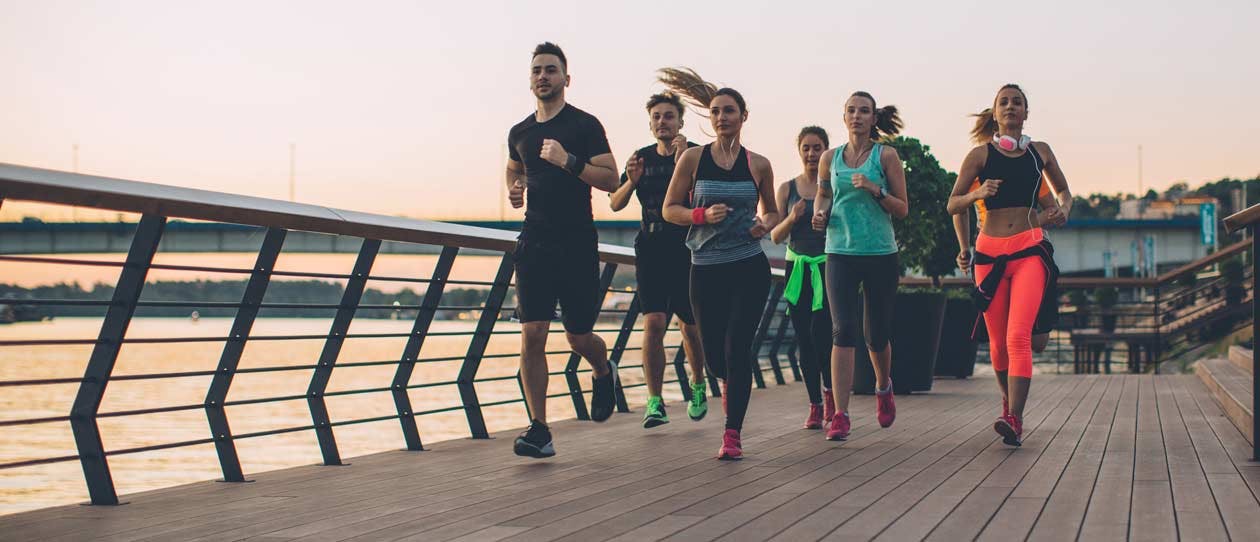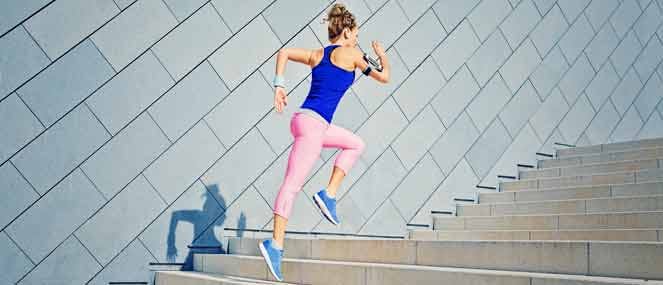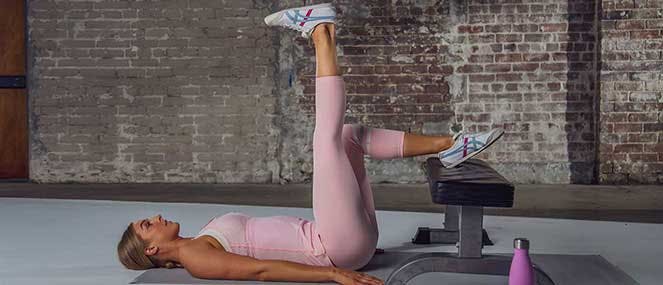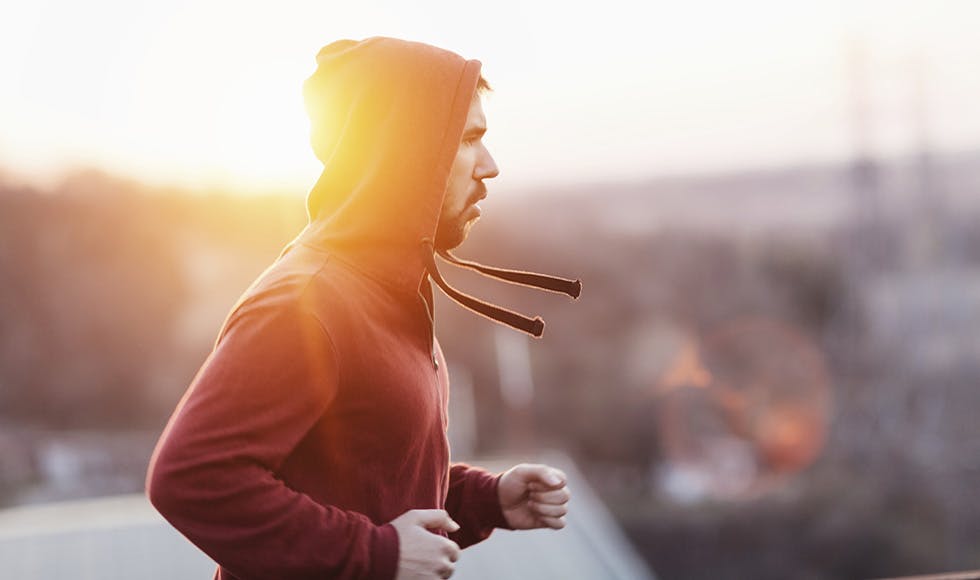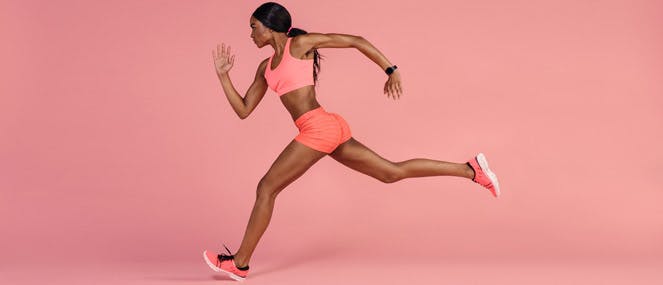Are you wearing the right running shoes?
With all the marketing hype around, you might be forgiven for thinking that footwear is the key to preventing running injuries. Especially now, with most runners at least aware of the “barefoot” craze, it’s becoming harder to know what the right shoe is.
The “old” advice around finding the right shoe for a particular foot-type is slowly being tested, and the trend is towards a more lightweight, minimalistic running shoe.
This phenomenon is primarily due to Chris McDougall’s book ‘Born to Run’, that I’m sure everyone has read or at least knows the context, and to a study published in the
British Journal of Sports Medicine.
The study, which investigated the
effect of three different levels of footwear stability on pain outcomes in runners, showed that matching the “correct” shoe to a foot type had no effect on injury rates in a group of 81 female runners. In fact, those that received the “correct” shoe were slightly more likely to get injured.
I think it’s important not to take this conclusion too far, as this was a relatively small study and had some major limitations. It does, however, give some credence to the view that we need to reassess the way we professionals in sports medicine approach running footwear.
No doubt the science will continue to evolve with more studies popping up to corroborate these findings, as this is a big shift in thinking around
footwear and running.
How to pick the right running shoes
While a bit un-scientific, selecting a shoe based on comfort is probably our best bet at present.
One
study, published in
Medicine in Science and Sport, on 206 military personnel, who were allowed to select a foot insert based on their feelings of comfort, showed a significant reduction in injury rates, even though the inserts often had no association with their “foot type” or what would normally have been considered the appropriate insert for their foot.
If you have a specific injury, or history of injury, affecting your foot then a consultation with a good physiotherapist or sports podiatrist is probably appropriate.


